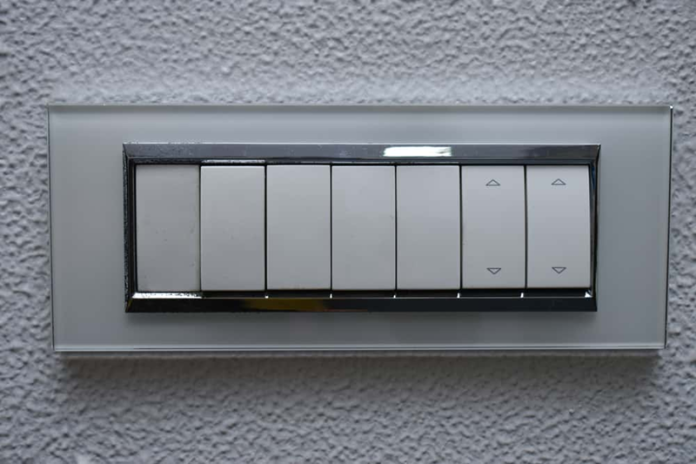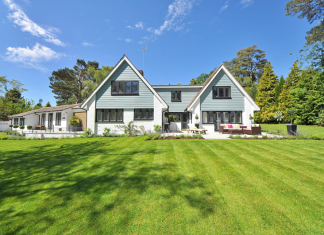Light switches are an essential component of modern living, enabling us to control the lighting in our homes, workplaces, and public spaces. They provide convenience, safety, and the ability to create different lighting ambiances to suit various activities and moods.
The range of light switch options has expanded significantly in recent years, offering diverse functionalities and design aesthetics. From traditional toggle switches to advanced smart switches, there is a light switch solution to cater to every need and preference. This article will delve into the different types of light switches, their essential functions, and the innovative advancements that are revolutionizing the way we interact with lighting.
Traditional Toggle Switches
The most familiar type of light switch is the traditional toggle switch. These switches feature a simple on/off mechanism that allows users to control the flow of electricity to a lighting fixture. Toggle switches are widely used due to their reliability, affordability, and ease of installation. They are available in a variety of styles and finishes to match different interior design aesthetics.
Dimmer Switches
Dimmer switches offer more flexibility than traditional toggle switches by allowing users to adjust the brightness of a lighting fixture. These switches use a variable resistor to control the amount of electricity flowing to the light bulb. Dimmer switches are handy for creating different lighting moods and for conserving energy. They are available in rotary, slider, and digital styles, each with its own unique features and benefits.
Smart Switches
Smart switches are the latest innovation in lighting control technology. These switches can be connected to a home automation system and controlled remotely using a smartphone or other device. Smart switches offer a wide range of features, including voice control, scheduling, and integration with other smart home devices. They can also be used to create custom lighting scenes and automate tasks such as turning off lights when you leave home.
Specialty Switches
In addition to the standard types of light switches, there are also a variety of specialty switches available for specific applications. These include:
- 3-way switches
Used to control a light fixture from two different locations.
- 4-way switches
Used to control a light fixture from three or more locations.
- Motion-activated switches
Automatically turn lights on and off based on movement.
- Timer switches
Turn lights on and off at predetermined times.
Functions Of Light Switches
Light switches serve several vital functions, including:
- Basic on/off control
The most fundamental function of a light switch is to control the flow of electricity to a lighting fixture.
- Dimming and brightness adjustment
Dimmer switches allow users to alter the brightness of a light fixture to create different lighting moods.
- Remote control and automation
Smart switches can be managed remotely using a smartphone or other device, and can be fused with other smart home devices to automate tasks.
- Safety and energy efficiency
Properly installed and maintained light switches can help to prevent electrical fires and conserve energy.
Choosing The Right Light Switch For Your Needs
When selecting light switches, consider the following factors:
- Functionality
Determine the particular functions you require, such as basic on/off control, dimming, or innovative features.
- Aesthetics
Choose a switch design that complements your interior decor.
- Installation Requirements
Consider the kind of wiring and installation method required for your chosen switch.
- Budget
Set a budget for your light switches and compare prices from different manufacturers.
- Compatibility
If you’re using intelligent switches, ensure compatibility with your home automation system or other devices.
By carefully evaluating these factors, you can select the most suitable light switches for your home or workplace.
Innovations In Modern Design
In recent years, there have been significant innovations in the design of light switches. Some of the latest trends include:
- Aesthetically pleasing designs
Light switches are now available in a wide range of classes and finishes to match different interior design aesthetics.
- Touch-sensitive and sensor-based switches
These switches use touch or motion sensors to activate the lighting, eliminating the need for a physical switch.
- Wireless and battery-operated switches
Wireless and battery-operated switches offer a convenient and flexible way to control lighting without the need for wiring.
- Integration with IoT devices
Smart switches can be integrated with other IoT devices to make a fully connected and automated home.
Conclusion
Light switches have come a long way since their invention, and they continue to evolve to meet the changing needs of consumers. From traditional toggle switches to sophisticated smart switches, there is a wide range of options available to suit different preferences and budgets. By understanding the various types of light switches, their functions, and the latest innovations in design, you can choose the suitable switches to enhance the lighting in your home or workplace.
Elevate Your Home With Smart Lighting Control
Imagine the convenience of controlling your lights with your voice, setting schedules, and creating customized lighting scenes. With Schneider Electric’s Wiser by SE home automation system, you can experience the future of lighting control today.














